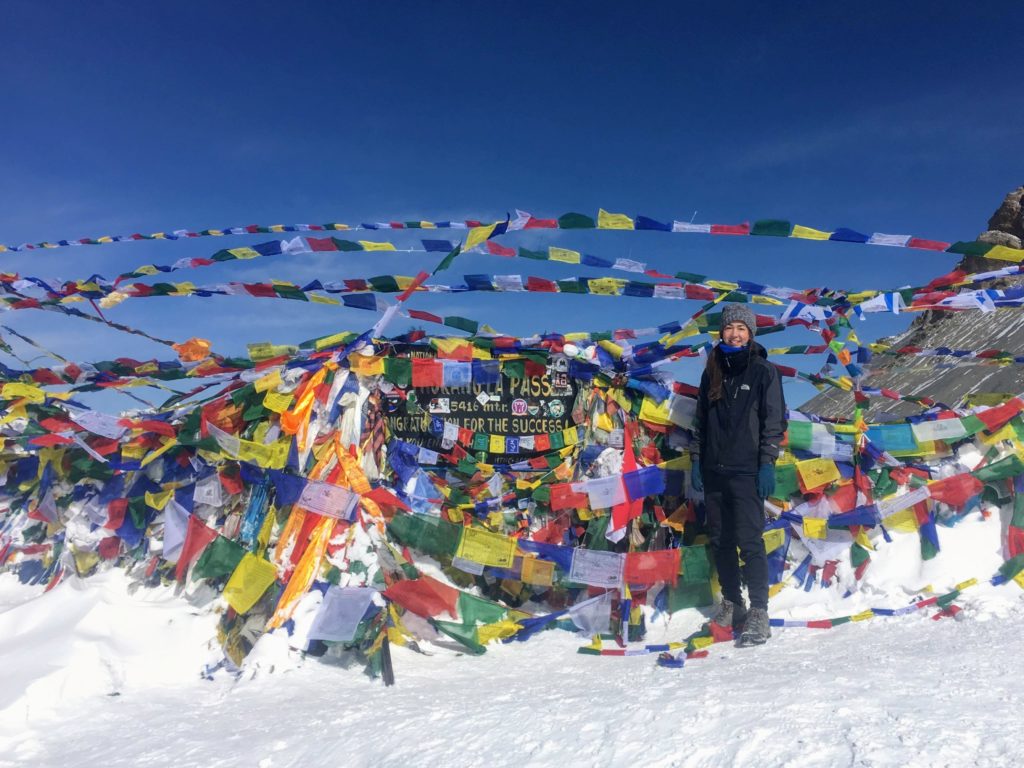
Preparing for the Annapurna Circuit Hike
1. Pack as little as possible
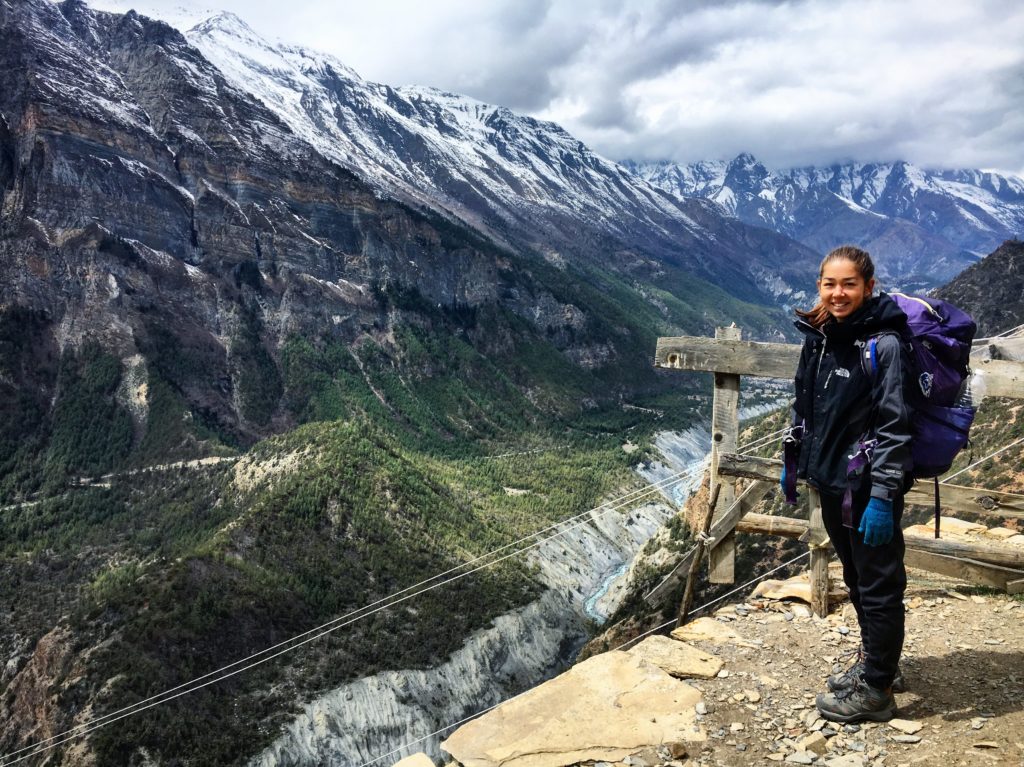
2. Get your permits ahead of time
The two permits required to hike in the Annapurna Region can be purchased at the tourist offices in Pokhara or Kathmandu. The permits you need are the Annapurna Conservation Permit (2000 rupees or $20 USD) and the Trekkers Information Management System, or TIMS (2000 rupees, $20 USD).
Don’t wait to buy AC permits until the last minute, because the offices close early.
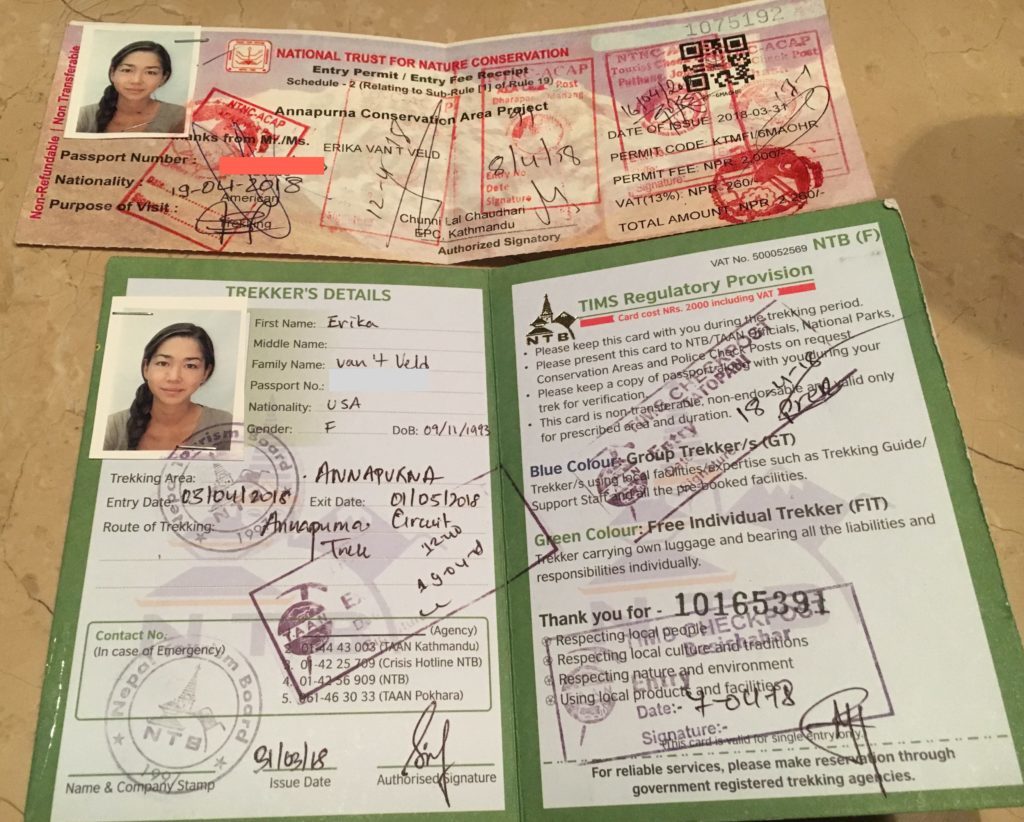
3. It’s easy to find trekking buddies
4. You can hire a guide or porter in Pokhara or on the Circuit
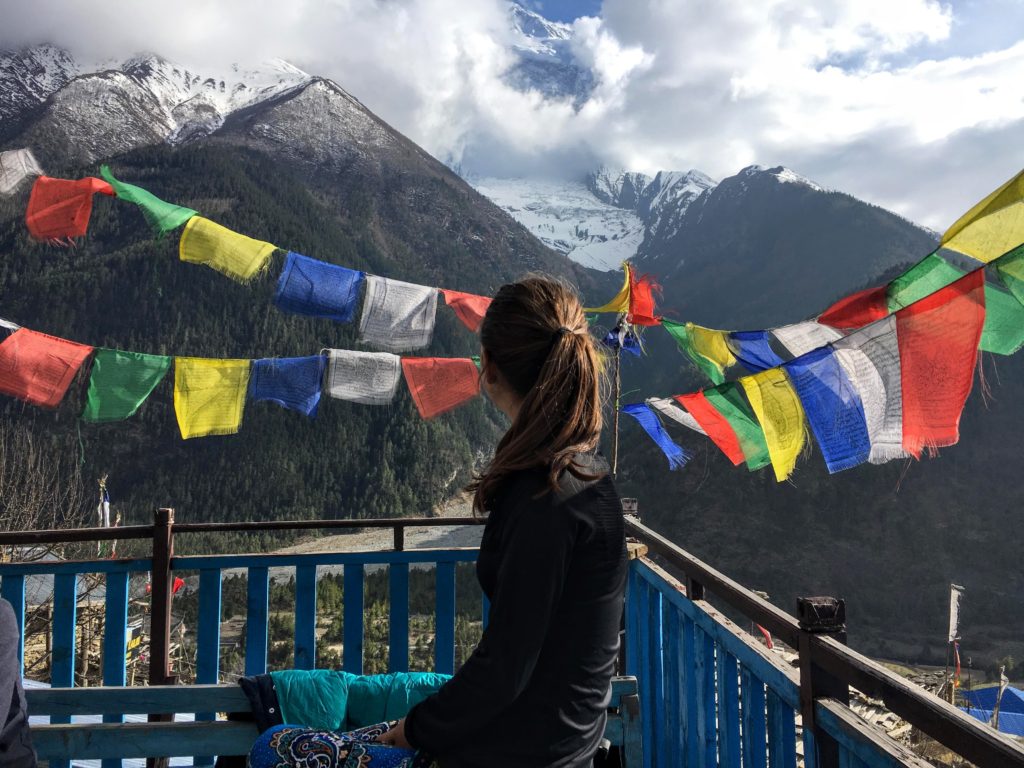
It’s best to hire a porter or guide from Pokhara, instead of through an agency in Kathmandu. Guides and porters from Pokhara and nearby villages are more likely to be experts on the Annapurna Circuit trek and region. Meet your guide or porter in person before setting off to spend two weeks in the wilderness together!
5. Bring all the money you’ll need for the trek from Pokhara
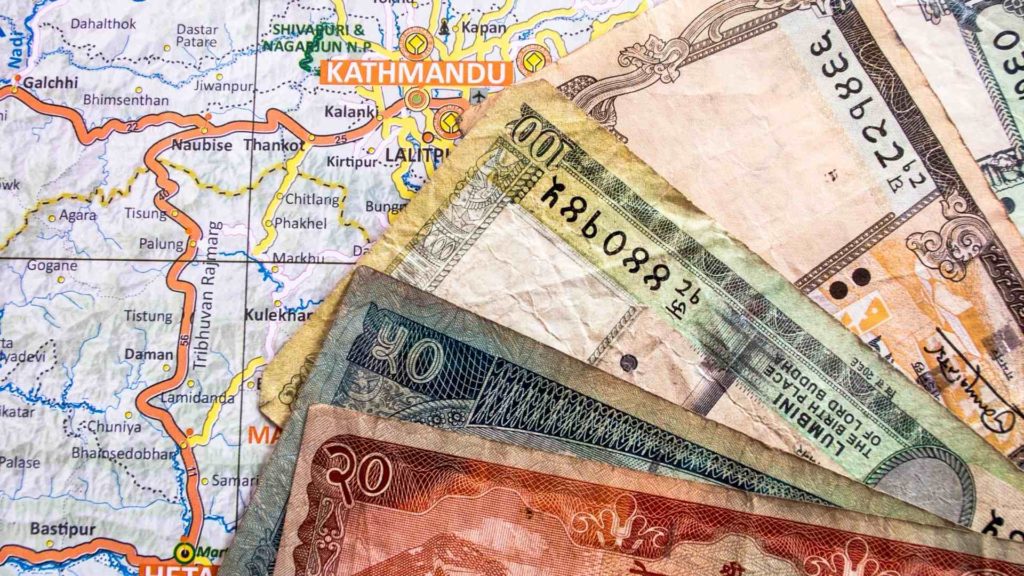
6. Download maps.me, and buy a paper map
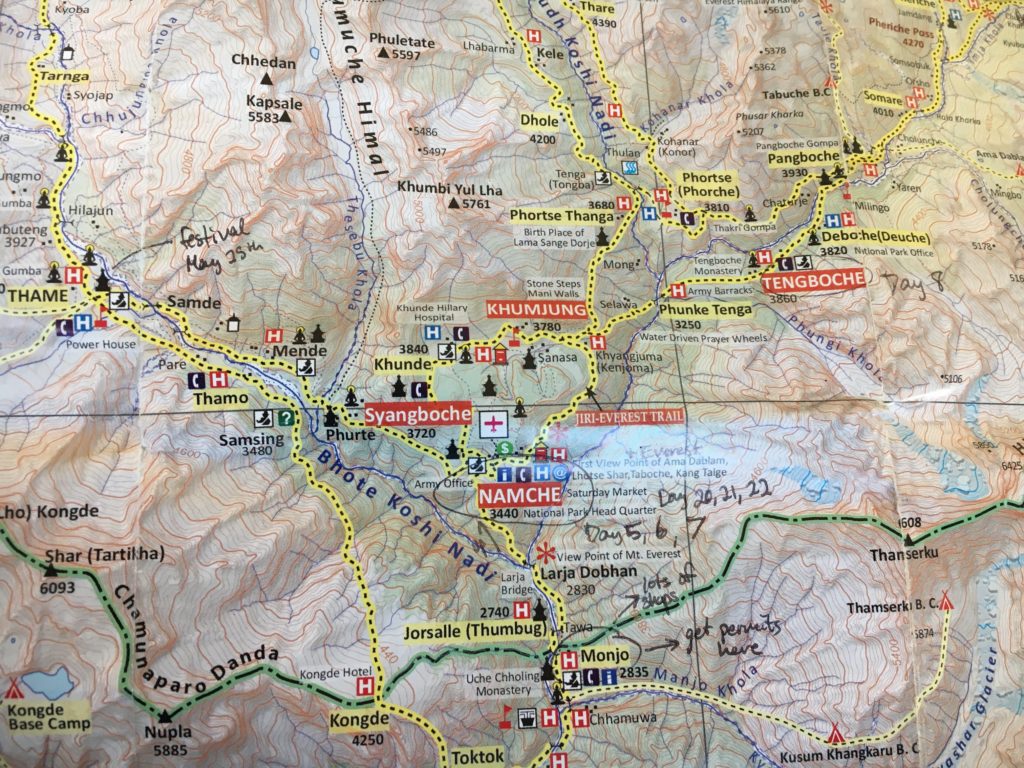
Logistics of the Annapurna Circuit Hike
7. It’s easy to reach the start of the Annapurna Circuit Trek, from Pokhara
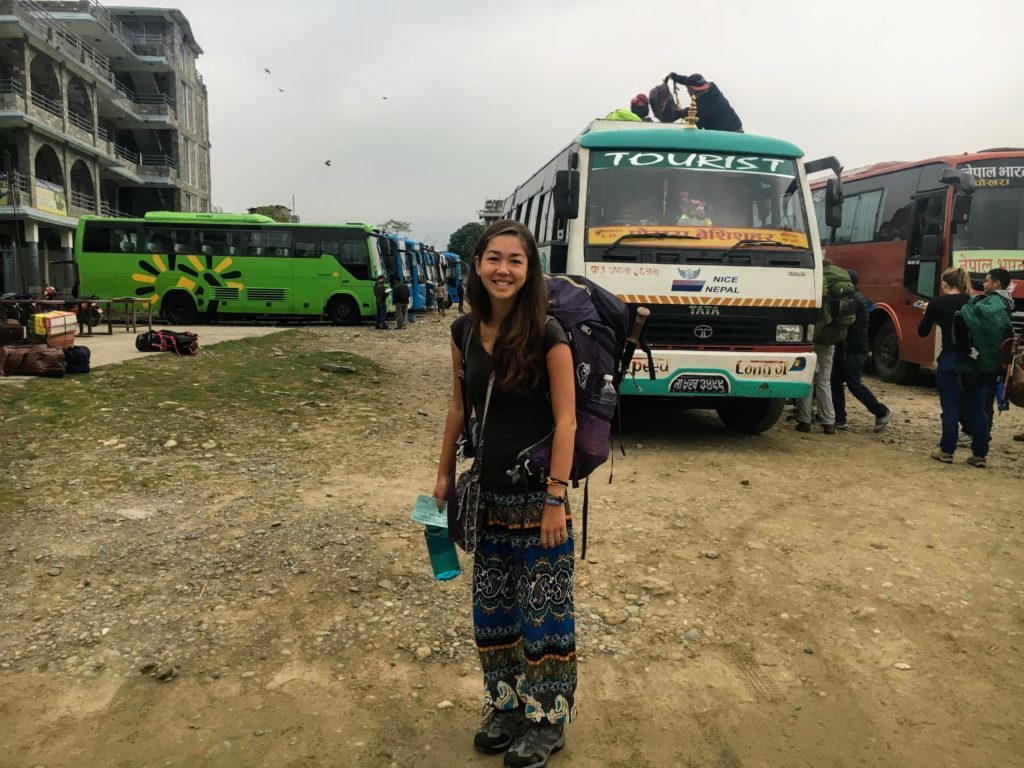
8. Start hiking at Besisahar
Many jeeps camp out at Besisahar to transport trekkers to different villages further along the Annapurna Circuit trek. Tip: You can skip several days of trekking by paying to take a jeep to villages like Tal or Chame if you’re short on time. I was even told at a travel agency in Pokhara that it’s not worth trekking the first few days of the Annapurna Circuit because it is not scenic.
This is FALSE, and I think it’s a mistake to skip the first few days of hiking the Annapurna Circuit. Start the Annapurna Circuit from Besisahar if you have time.
The views of the small Nepali villages tucked between agriculture terraces, alongside a gushing glacial river, are breathtaking. I made a mistake in taking a bumpy, painful, 4-hour jeep ride to Tal for 1500 rupees ($15). I regret doing so. For the extra two or three days of trekking, you can enjoy a peaceful trail while being exposed to Nepali village life.
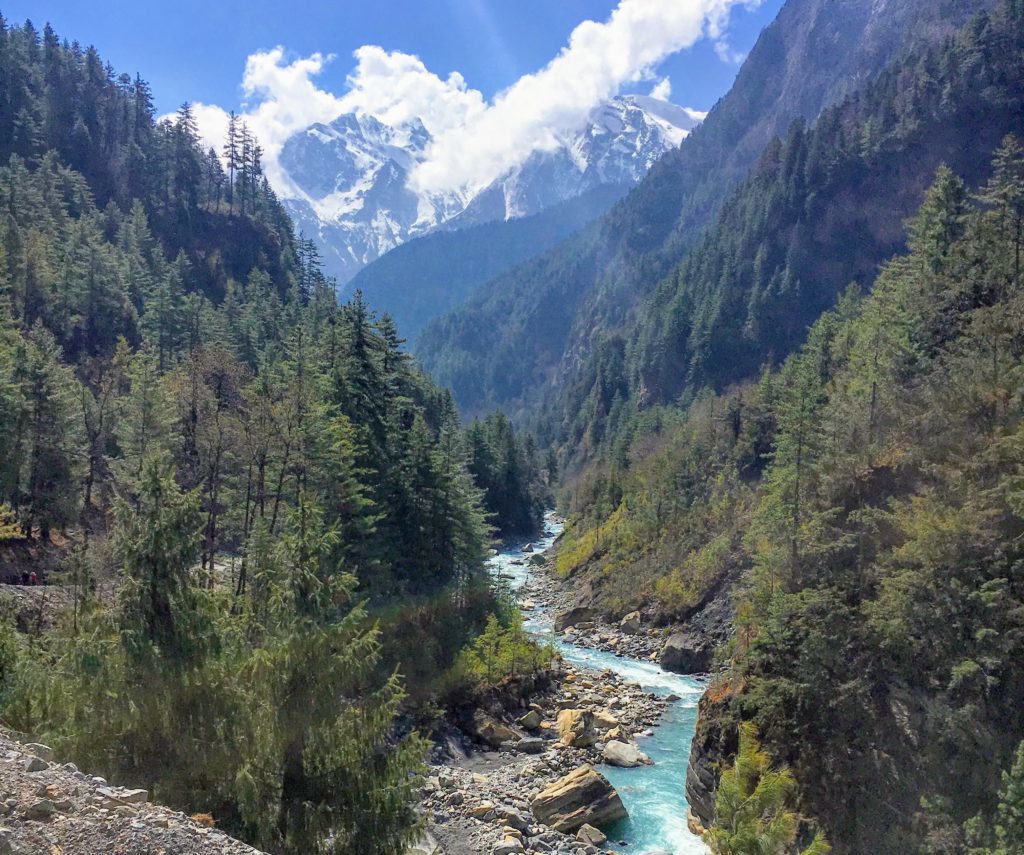
9. Keep your permits handy
My previous tip for hiking the Annapurna Circuit mentioned that hikers need to purchase trekking permits before starting the Annapurna Circuit. While you may want to bury other valuables like cash and passports at the bottom of your backpack for safekeeping, keep the trekking permits somewhere easily accessible.
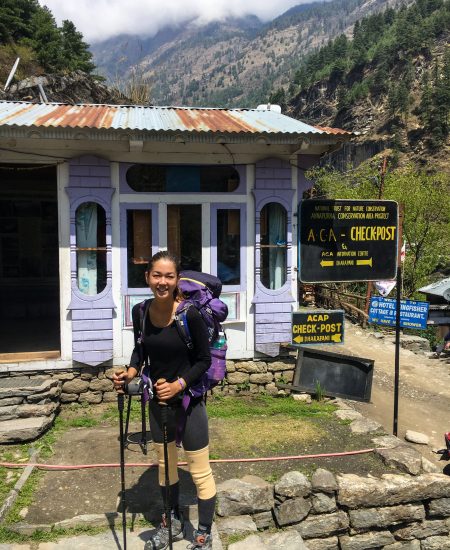
10. Consider the Tilicho Lake side trek on the Annapurna Circuit
Know before you start trekking that Annapurna Circuit, whether you want to hike to Tilicho Lake. Allot yourself extra days and extra money to complete the overnight Tilicho Lake side trek from the Annapurna Circuit.
11. There are many ways to depart from the Annapurna Circuit
From Muktinath
- Jeep to Pokhara – This option costs no less than $80 USD per person, but may be negotiated down if there is a large enough group of people who want to share the jeep.
- Mountain Bike – Rent a mountain bike to go down to Tatopani, a town that is mostly downhill from Muktinath and can be reached in 1-2 days. The company that rents mountain bikes will take your large luggage down to Tatopani for you, and give you a small bag to rent for valuables you can use. This will cost about $60 USD per person.
Detour to Khagbeni
- There is a one-day detour that you can take from Muktinath, to stay in a small oasis town of Khagbeni. The town is like an old labyrinth, with a large monastery in the heart of it and goats and other animals running wildly through it. After a night in Khagbeni it is also possible to take a jeep to Pokhara or rent a mountain bike to ride to Tatopani.
From Jomsom
- Fly to Pokhara or Kathmandu – there is a small airport in Jomsom where many trekkers (especially elderly ones) can choose to fly out. Flying is the most comfortable exit from the Annapurna Circuit, because you won’t be squashed in a rickety bus or jeep, and you will be finished trekking. Check flights from Yeti Air, which you will have to book in advance.
- Jeep or Bus back to Pokhara – there are busses and jeeps that depart in the morning to take trekkers and locals back to Pokhara. If you arrive later in the afternoon, your options may be limited to a jeep shared with less people, making it more expensive (maybe $80 USD per person).
Walk to Nayapul, the official finish line of the Annapurna Circuit
- Walk and bus – After Thorong La Pass and a detour to Khagbeni, it took me three nights and four days to reach Pokhara. I stayed in Larjung, Tatopani, and Ghorepani, then saw the sunrise at Poon Hill before hiking down to Nayapul, where I caught the local bus back to Pokhara for less than 200 rupees ($2).
- Walk and walk some more – there are several villages between Nayapul, the end of the Annapurna Circuit, and Pokhara. You can choose to walk all the way back to Pokhara if you prefer.
12. Don’t miss the sunrise at Poon Hill
Another side trek along the Annapurna Circuit is the hike up to Poon Hill from Ghorepani. This side trek takes maybe an hour, but you should wake up before 5 a.m. for it.
Many Annapurna Circuit trekkers stay their last night on the Circuit in Ghorepani, a relatively large town with many facilities including souvenir and book shops. Hiking up to Poon Hill for a sunrise view over the Himalayas is an epic way to end your time on the Annapurna Circuit!
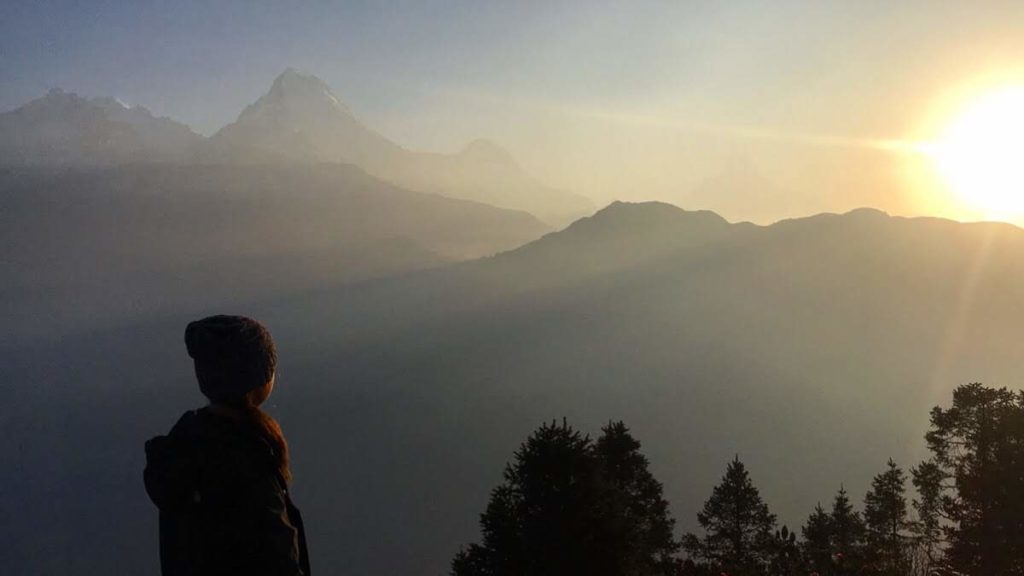
Trekking Safety tips for Annapurna Circuit
13. Don’t be afraid to trek solo
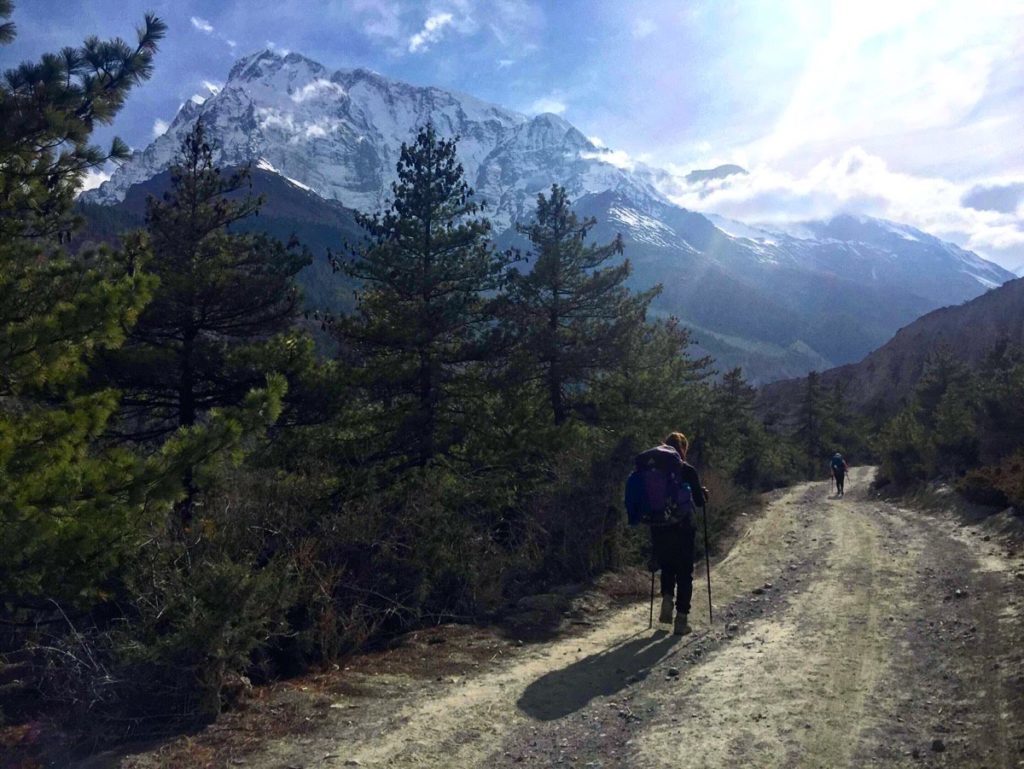
14. Purchase high-altitude insurance
Tip for hiking the Annapurna Circuit: make sure your insurance covers high-altitude evacuations. Accidents do happen.
World Nomads is a traveler’s insurance company that has an extra package you can purchase, even if you’re already on the road, that will cover high-altitude evacuations.
15. Take at least one rest day around 3000m in altitude
One tip for hiking the Annapurna Circuit to prevent severe altitude sickness is to spend one extra night, a ‘rest day’ around the towns of Manang and Bhraka. The villages are located at just over 3000m, and staying here gives your body a chance to adjust to high altitude.
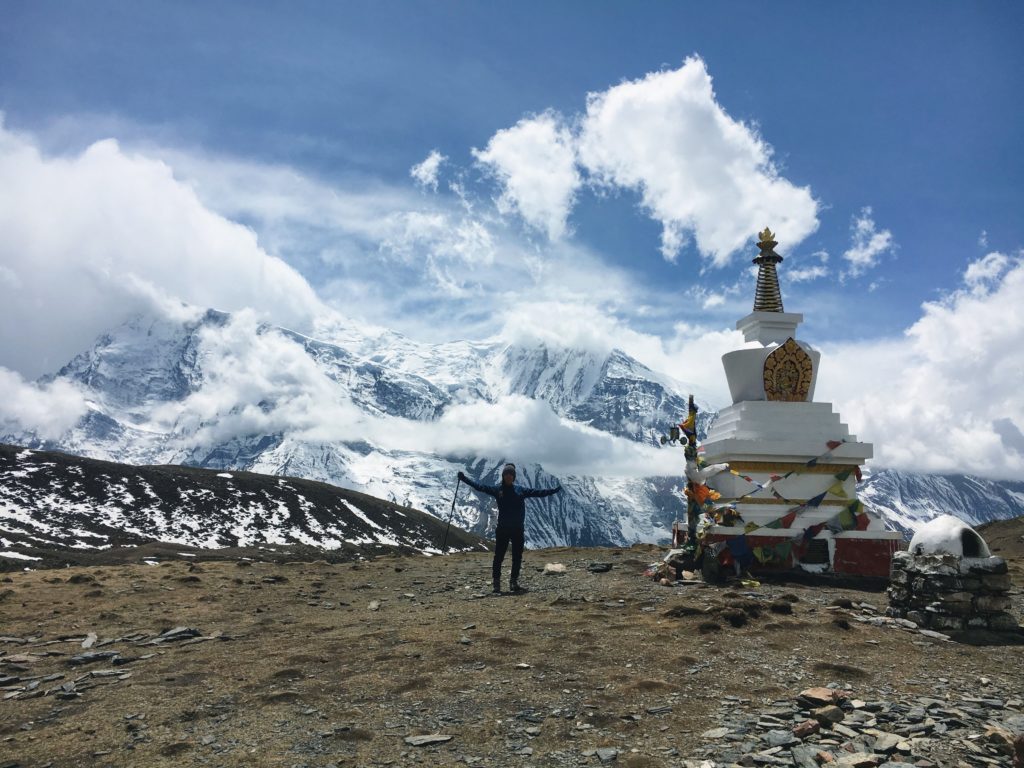
What to expect while on the Annapurna Circuit Trek
16. Accommodation could be free if you eat your meals at the guesthouses
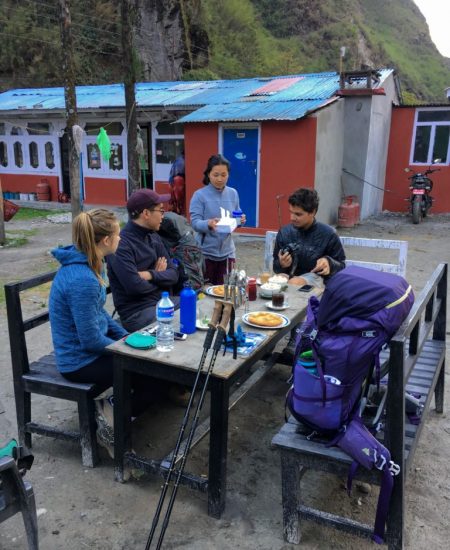
17. Food and accommodation for trekkers is plentiful
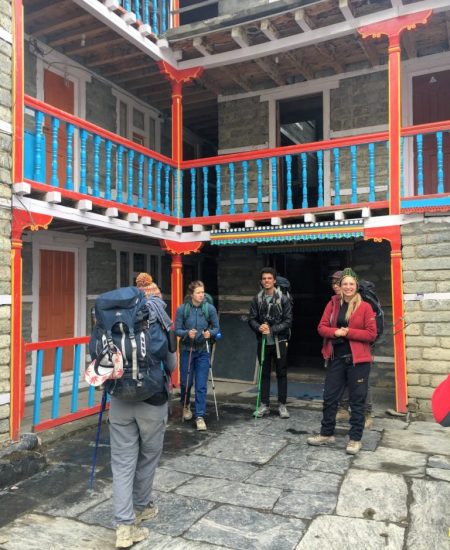
18. The variety of food on the Annapurna Circuit is awesome
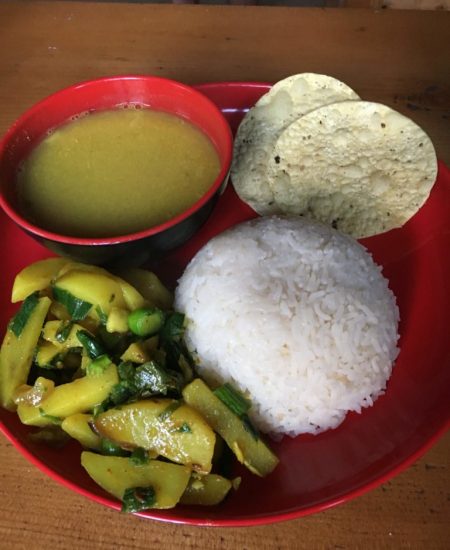
19. Sleep with your electronics to keep their batteries charged
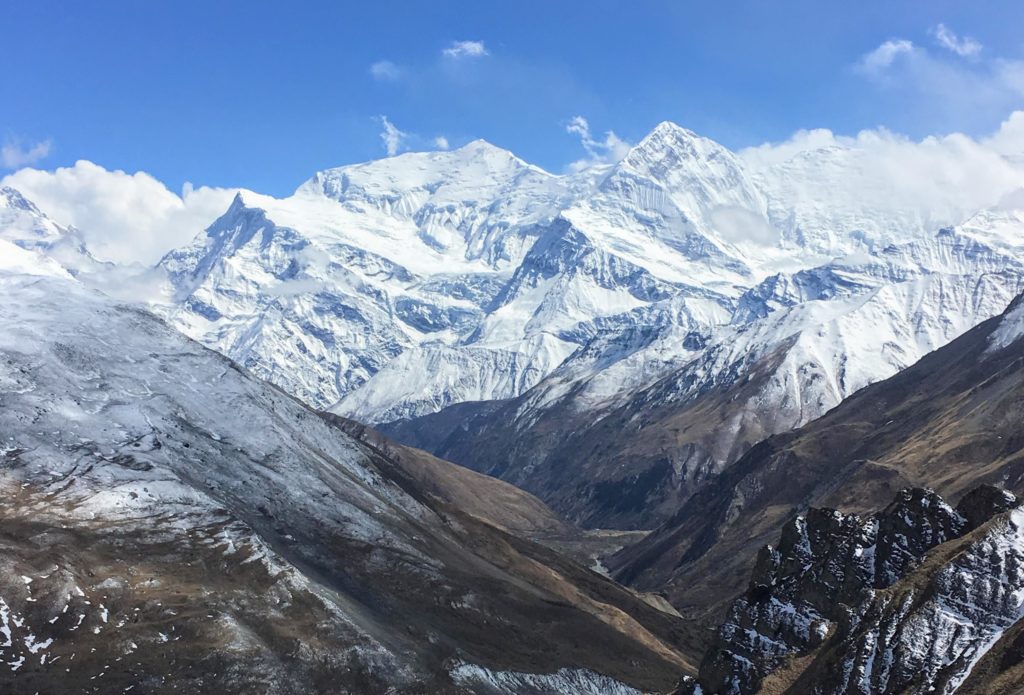
20. Annapurna Circuit vs Everest Base Camp – how do they differ?
The scenery is much more variable along the Annapurna Circuit also, from deep green valleys and ice blue rivers, to large glacial plains and picturesque mountains. The Everest Region has colorful villages including the beautiful Namche Bazaar and big, bad mountains, but you won’t experience the variety of scenery that the Annapurna Circuit offers.
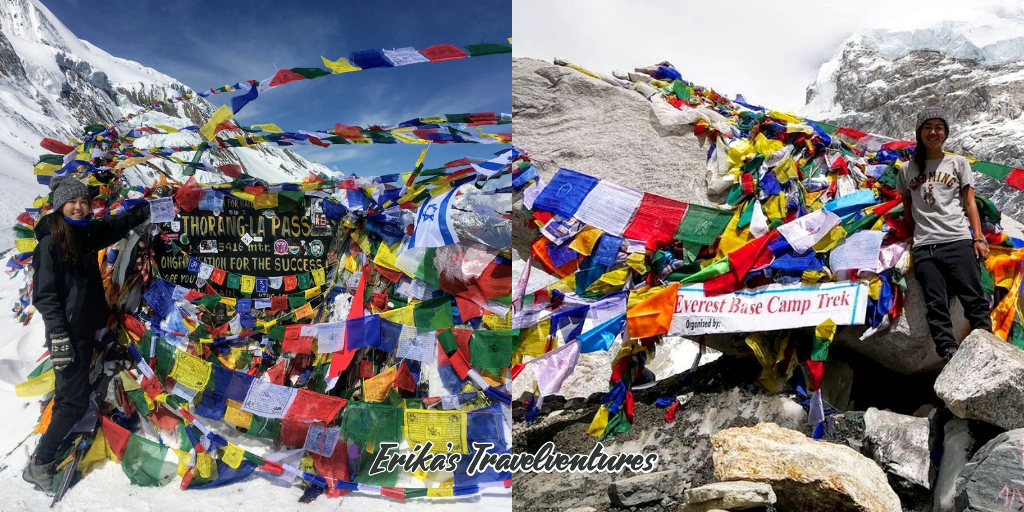
You ultimately can’t go wrong on any trek in Nepal, so if you’re interested in the Everest Base Camp Trek, or the even more epic Three Passes Trek, check out my other Nepal blog posts!
See my full Annapurna Circuit Packing List, or a vlog review of the trek from Interpid Road below:
Pin these Annapurna Circuit Tips for later!




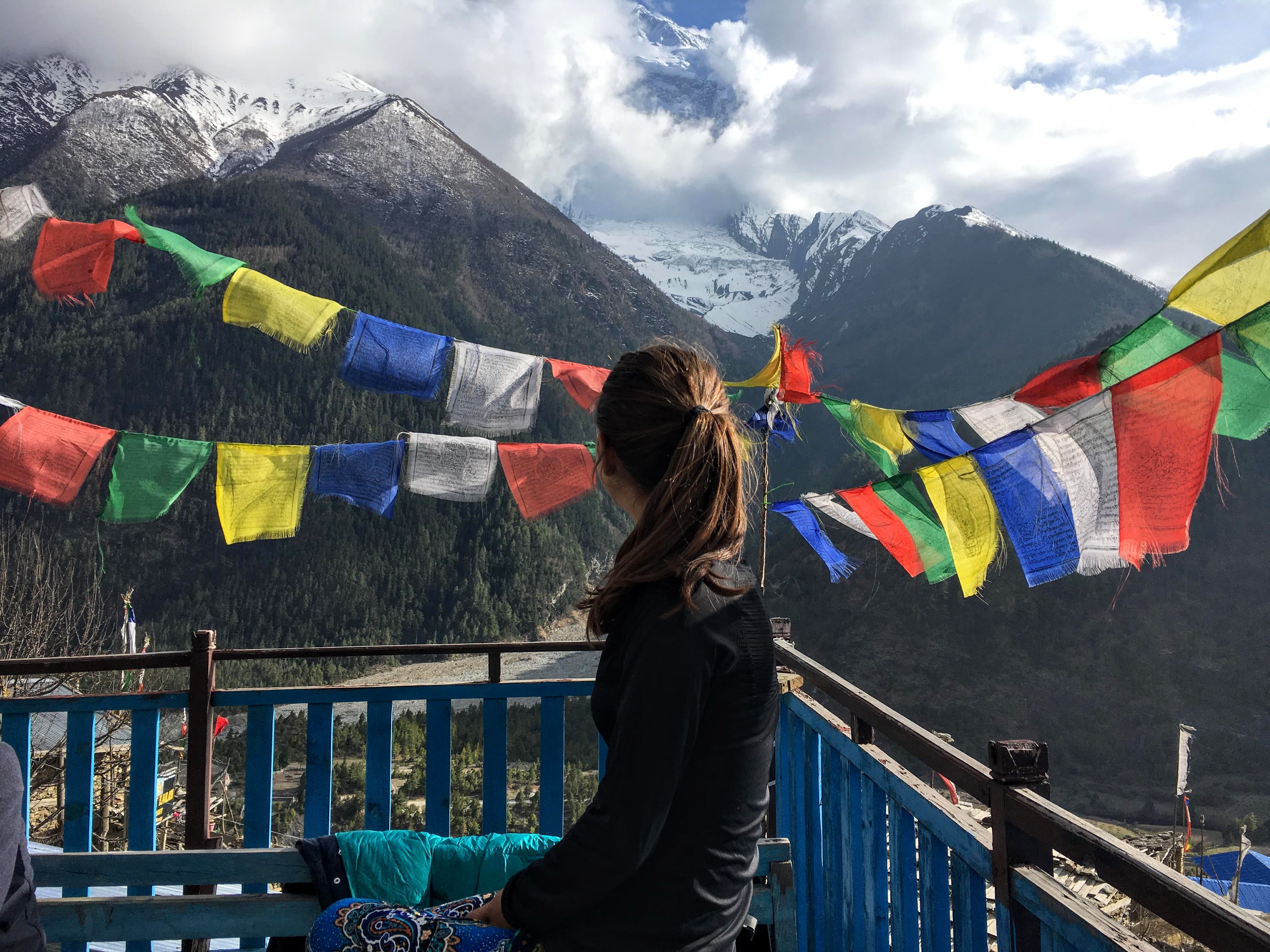
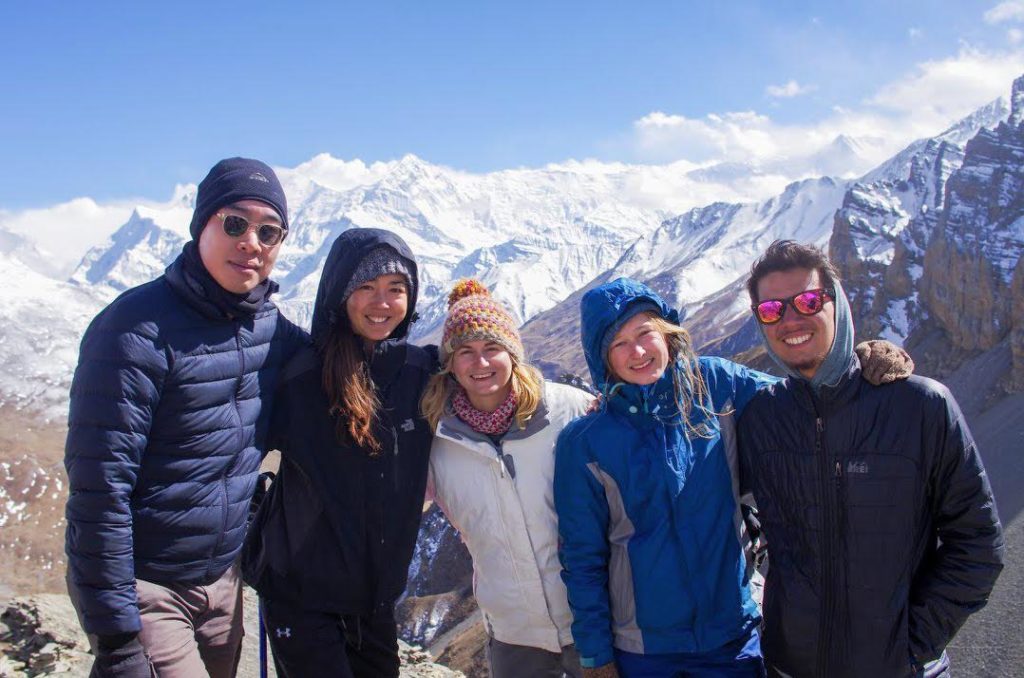

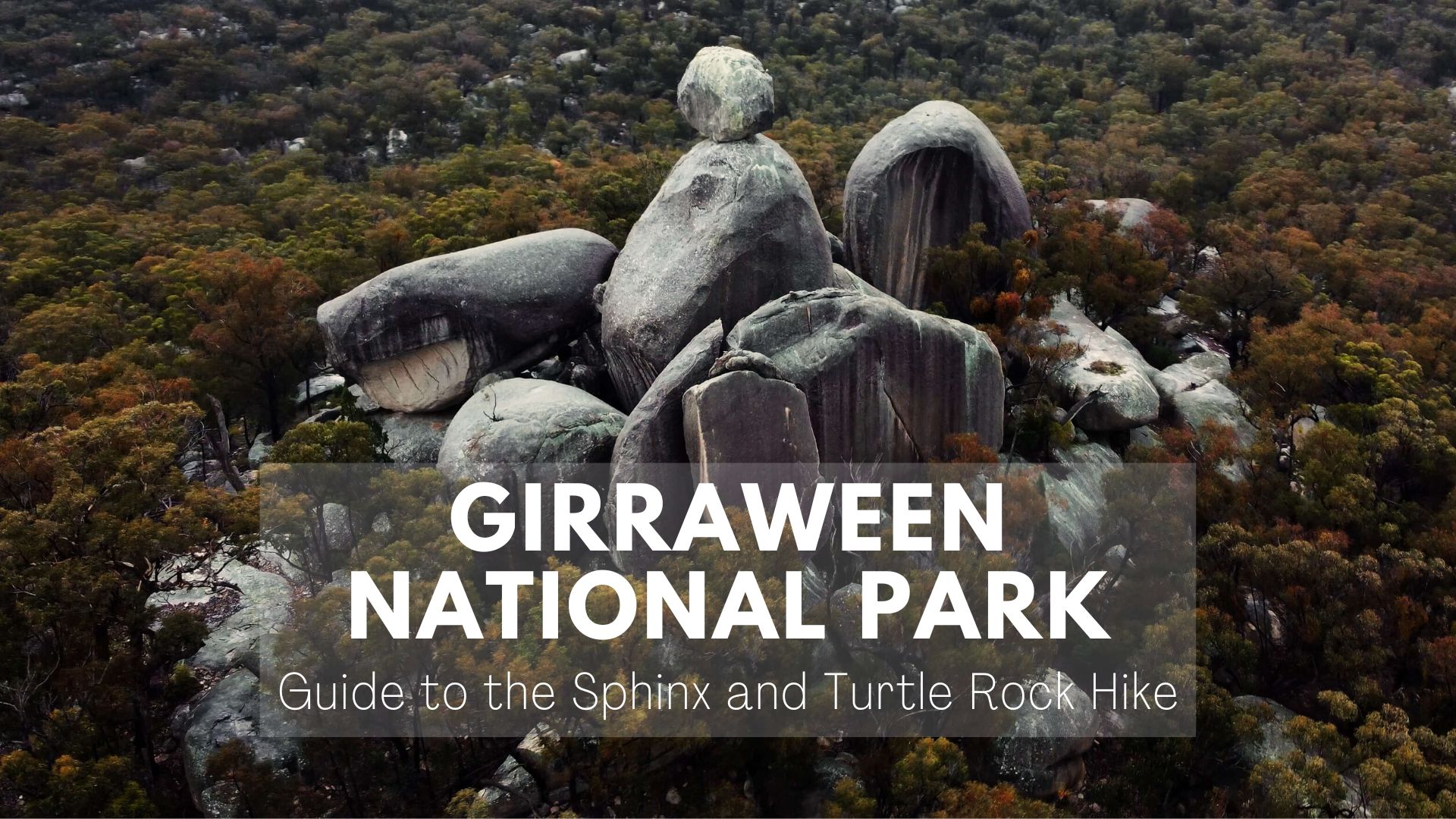
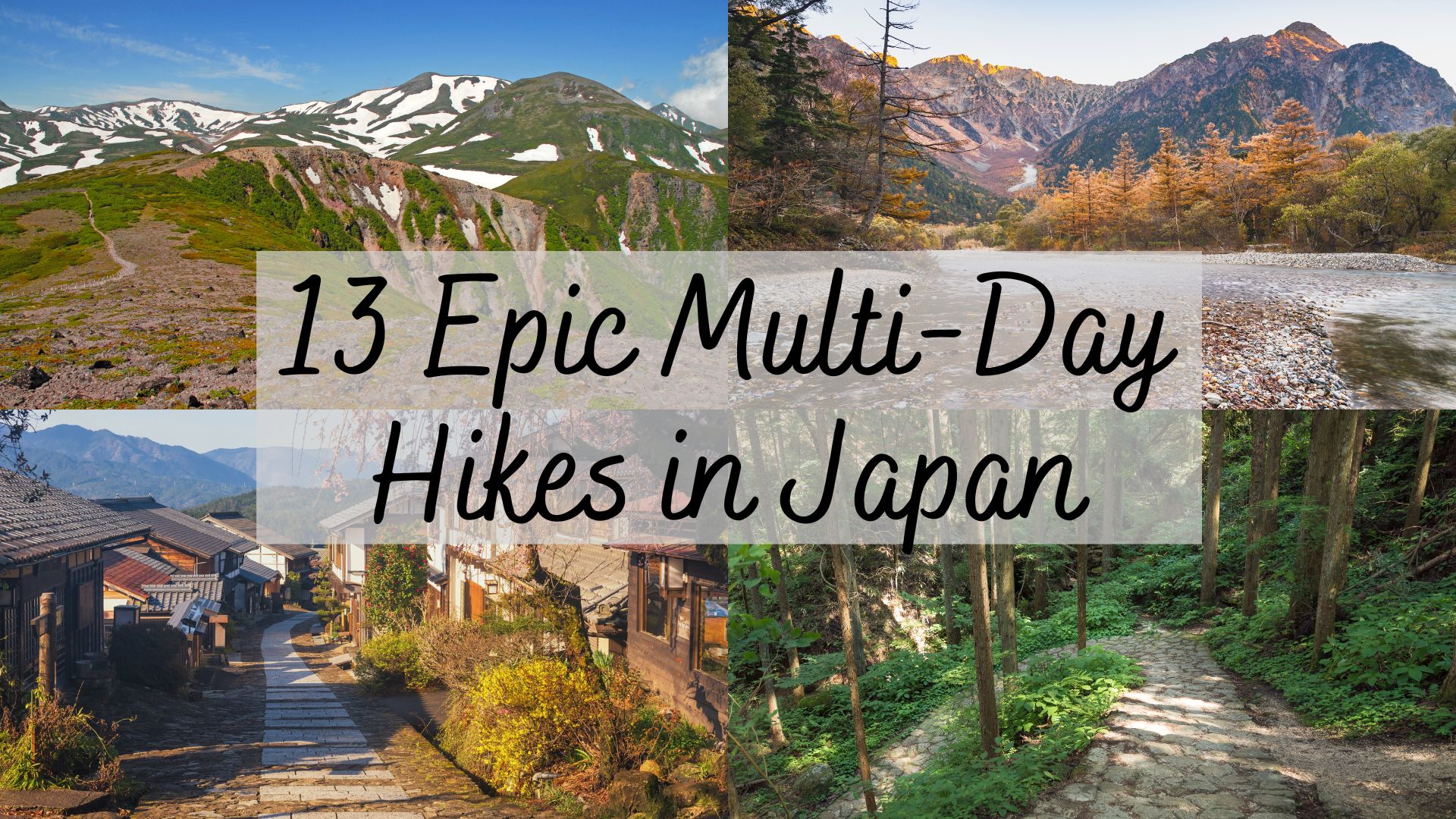
0 thoughts on “20 Things To Know Before Hiking the Annapurna Circuit”
Hi! thanks for sharing I’ll have to add this to my bucket list
What an amazing experience. Great tips for anyone thinking of doing this.
So much to know before hiking the Annapurna circuit. It’s been on my bucket list since I was in Nepal many years ago & it’s good to hear you can trek solo. Thanks so much for sharing your experiences!
This looks like an amazing place to go hiking! I definitely wouldn’t have known where to start when planning a trip here, so thanks for the great tips!
Wow, this trek is so impressive. I don’t know if I could handle the altitude but the views I would take any day.
Oh, wow! This looks like a great adventure… and those views are simply amazing. Great content, will save it for my future travel!
I’ve never heard of this trail before and just shared it with my husband – how incredible. The views are absolutely stunning.
Fabulous post! I would looooove to do this trek so it is really good to read all the tips! It makes sense as soon as you read things like “trek high and sleep low”. I have a feeling I’d want to hire a guide to help ensure we plan those kind of details well.
Brilliant post, so much information. I am intending to do this trek over a 3 to 4 week period next year as part of a years trip away to Nepal, India and The Philippines.
This has just made me more excited. Do you think much has changed over the last couple of years except I guess costs.